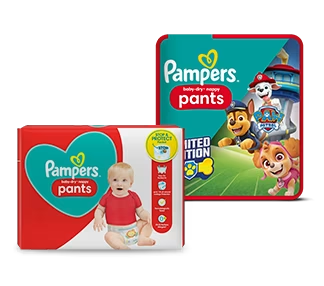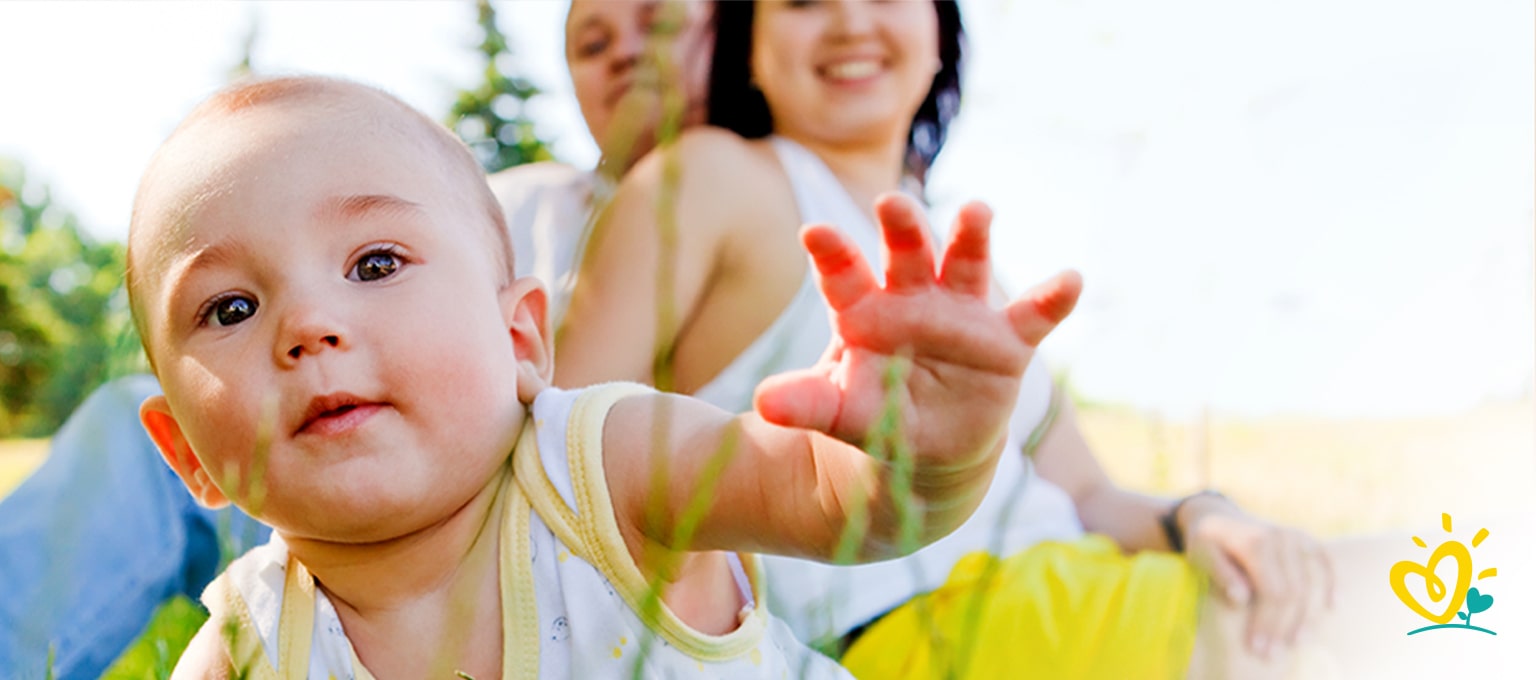
How Are Pampers Nappies and Wipes Manufactured?
Transparency is important to you, and it’s even more important to us, which is why we ensure quality and safety at every step of the manufacturing process across state-of-the-art production facilities around the world. To deliver on the Pampers Safety Promise, we follow the highest quality standards, which are validated by internationally recognised organisations.
Key Takeaways
At a glance, here’s how Pampers ensures product safety:
Tip – Where are Pampers Manufactured?
Made in Pampers own factories in Europe → Designed with parents, paediatricians and midwives, and produced in our European sites with end-to-end quality control.
Material Selection for Each Nappy and Wipe
Pampers carefully selects and evaluates all raw materials for their safety and performance. We rigorously evaluate each raw material following all local, state and country regulations in place to ensure ultimate quality and safety.
Assembly
Our production lines are designed to minimize any accidental contamination. In fact, checks are conducted at every stage of the process and each nappy is monitored by over 500 sensors that search for any potential deviation from quality targets. Pampers products are produced in a system which protects it from contamination during production.
Traceability
Did you know that Pampers can trace all materials used in our nappies and wipes, from start to finish? From the moment a material arrives at the factory, to when it’s integrated into the nappy and packaged for distribution, we keep tabs on all of our ingredients. In fact, our nappies and their compounds will have travelled over 800 meters before ever leaving the plant!
Our advanced traceability process also allows us to track the origin of products that have made it to the shelves in case we ever need to assess products in-market. We do this by including a batch code on every package, which you can use to identify which facility the products were manufactured in.
Continuous Monitoring in the Market
All our products have local contact details on the packaging, which parents can use to contact our safety personnel with any feedback or concerns. This open line of communication helps us understand if our products are meeting our high standards for product quality and consumer satisfaction.
Parents should feel informed and confident about every step of the Pampers manufacturing process. To learn about how we make our products, explore more about our safety promise.
Tip
Every step of the nappy manufacturing process is monitored to ensure our products meet the Pampers Safety Promise.
In Summary
Pampers manufacturing facilities produce safe and high performing products according to the highest, UK and internationally recognised quality standards.
FAQ
Pampers nappies and wipes are made in Pampers own factories in Europe. Each site follows strict quality and safety standards, with end-to-end monitoring to ensure every product is safe for your baby. Local contact details are printed on the packaging so UK parents can always reach our safety team with questions or feedback.





